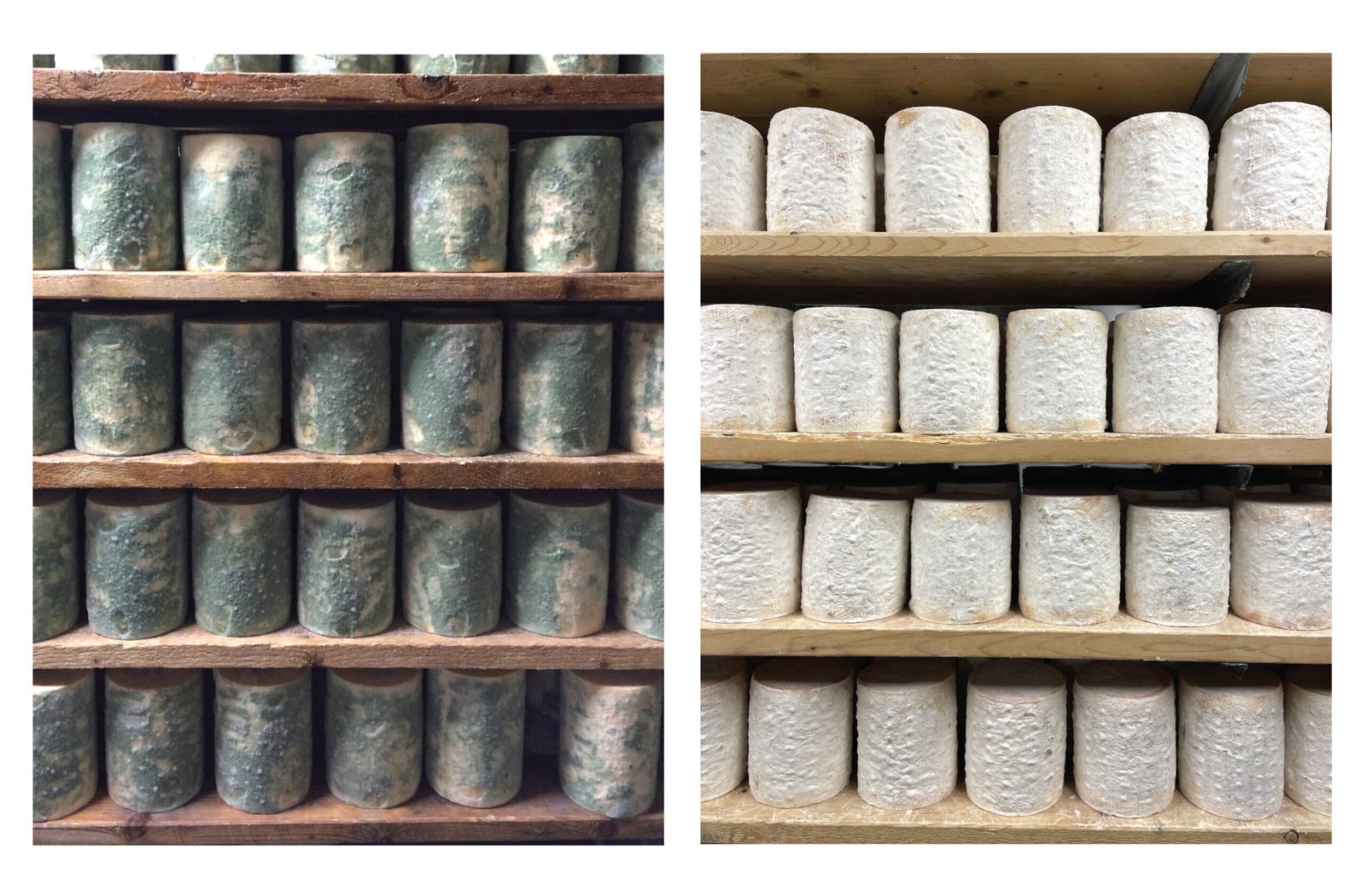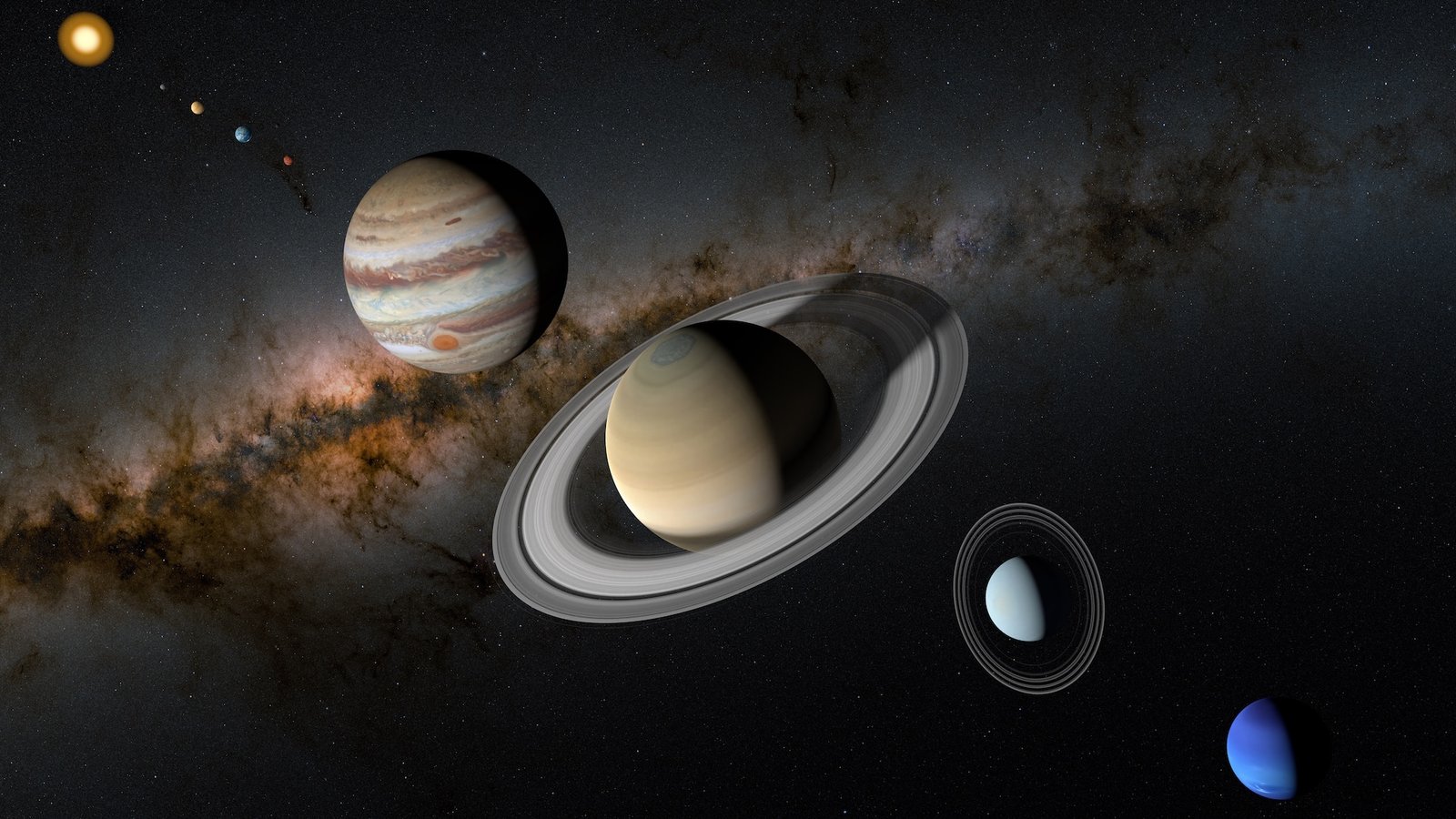
The skeleton of a sabre-toothed cat
chrisstockphotography/Alamy
Studies of tens of thousands of fossils from the La Brea tar pits in California have found no clear evidence of any of the species evolving in response to falling temperatures as ice sheets spread across the continent, or to the later warming when the glacial period ended.
“They’re not fluctuating with climate change like so many biologists believe that everything must do,” says Donald Prothero at California State Polytechnic University in Pomona. “They’re static, despite obvious evidence of climate change at 20,000 years ago.”
While Charles Darwin thought that evolution was slow and gradual, it has become clear that it is often very rapid. There are numerous examples, from rats and bedbugs evolving pesticide resistance to owls getting browner as snow becomes less common.
Yet fossils show that many species have remained largely unchanged over millions of years. It might be that the rapid evolution seen in living animals doesn’t usually add up to big, long-term changes because it keeps reversing direction – in other words, that evolution goes nowhere fast.
The fossil record is usually too sparse to test this. But at La Brea, tens of thousands of animals were preserved in tar pits over a relatively short period – the past 50,000 years. More than a million fossil bones have been recovered so far.
During this time, conditions cooled until the glacial maximum around 20,000 years ago, then began to warm again. Prothero thinks animals should have evolved to cope with the much colder conditions by evolving larger bodies and relatively shorter limbs to help conserve heat, as seen in many animals living in colder regions today.
He and his colleagues have looked at fossils of 28 birds and seven mammal species, measuring the size of adult bones and the ratio of thickness to length in limb bones. The mammals include extinct wild horses, camels, sabre-toothed cats and American lions, as well as bison, cougars and lynx. The birds are mostly predators such as eagles and condors.
The average size and relative limb length does rise and fall a little over time, but there is no significant change around 20,000 years ago, Prothero told a recent meeting of the European Geosciences Union in Vienna, Austria. “The stuff that happens on timescales that biologists are familiar with is very, very different to what’s going on at a 10,000-year timescale, as we’re dealing with here,” he says.
“What we’re not seeing is the kind of adaptation expected by people who think Galapagos finches represent the world,” says Prothero, referring to famous studies showing rapid evolutionary change in these birds.
In response to his findings, some biologists have pointed out that large animals such as condors and bison have huge ranges and so are less affected by local climate change, says Prothero. Smaller animals are rarer at La Brea, but the team did go back and look at three smaller birds – ravens, magpies and meadowlarks – with the same results.
“Even the smallest birds we can get good samples for are not responding to climate in the way that they are supposed to,” says Prothero.
He says we just don’t know why the expected evolutionary changes don’t seem to be happening. “I still don’t have a good answer for why we have stasis.”
Andrew Hendry at McGill University in Canada points out that despite the large number of fossils at La Brea, they still provide only very occasional snapshots rather than a detailed picture of changes over decades or centuries. “Contemporary evolution is a ton of back and forth around adaptive peaks,” he says. “If you had good data for La Brea, that is precisely what you would see.”
“Larger changes require the new adaptive peak to be somewhere very different from the previous one,” says Hendry. “These large shifts are not very common and so rarely captured in the fossil record.”
“I don’t think the fossil patterns noted in the talk abstract or paper are at clear odds with changes in traits found on contemporary timescales,” says Michael Kinnison at the University of Maine. “There is no general presumption that contemporary evolution must ultimately lead to long-term directional evolution or speciation.”
Studies of living animals also show that colder conditions aren’t always associated with bigger bodies or shorter limbs, says Kinnison, so Prothero’s assumption that this should always be the case is questionable.
Topics:




